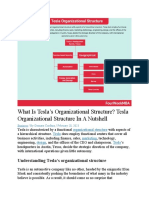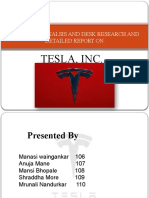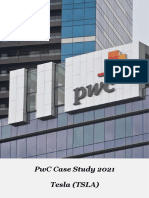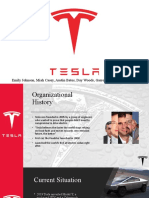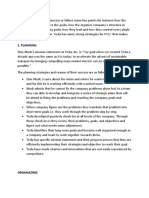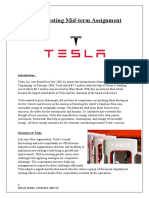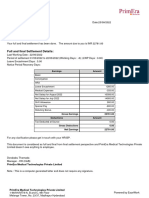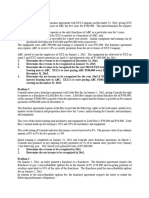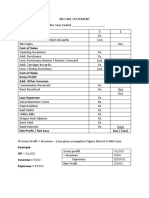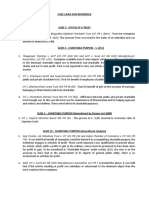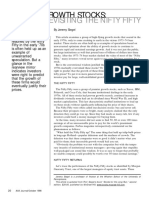0% found this document useful (0 votes)
10 views19 pagesAccountancy Tesla
Tesla Inc., founded in 2003 and headquartered in Austin, Texas, is a leading electric vehicle and clean energy company known for its innovative products like electric cars and energy storage solutions. The company has faced challenges such as intense competition, supply chain issues, and regulatory scrutiny, but continues to grow with a strong financial position, evidenced by its significant revenue and efficient operations. Tesla's mission is to accelerate the world's transition to sustainable energy, and it has made substantial advancements in both automotive and energy sectors.
Uploaded by
hariom03278Copyright
© © All Rights Reserved
We take content rights seriously. If you suspect this is your content, claim it here.
Available Formats
Download as DOCX, PDF, TXT or read online on Scribd
0% found this document useful (0 votes)
10 views19 pagesAccountancy Tesla
Tesla Inc., founded in 2003 and headquartered in Austin, Texas, is a leading electric vehicle and clean energy company known for its innovative products like electric cars and energy storage solutions. The company has faced challenges such as intense competition, supply chain issues, and regulatory scrutiny, but continues to grow with a strong financial position, evidenced by its significant revenue and efficient operations. Tesla's mission is to accelerate the world's transition to sustainable energy, and it has made substantial advancements in both automotive and energy sectors.
Uploaded by
hariom03278Copyright
© © All Rights Reserved
We take content rights seriously. If you suspect this is your content, claim it here.
Available Formats
Download as DOCX, PDF, TXT or read online on Scribd
/ 19










